Quartzite Countertops
Quartzite need not be a confusing stone.
What is Quartzite?
Quartzite is a metamorphic rock made almost entirely of the mineral quartz. Quartzite begins its geologic life as sand grains, perhaps on a beach, desert dune, or riverbed. Over time, the sand grains become compressed and stuck together to form sandstone. If the sandstone gets buried ever more deeply underneath layers of rocks, it gets hotter and more compressed. With enough heat and pressure, the sand grains lose their original shape and fuse to their neighbors, forming a dense, durable rock. The process is similar to individual snowflakes merging into solid, glacial ice.
Properties of Quartzite
Hardness
One of the appeals of quartzite is its hardness and durability. Not only does this make for a tough stone, but it also makes it easy to tell quartzite from the imposters. Quartz is 7 on Mohs hardness scale. It’s nearly twice as hard as glass and harder than a knife blade. These things are easy to test
with a sample of stone.
Resistance to Acids
Etching is caused by acids dissolving small areas on the surface of a slab of stone. While this process does not harm a stone, it does blemish the surface. One of the appeals of quartzite is that it does not etch from acids like lemon juice or vinegar. If a rock labeled as quartzite becomes etched from acid, then it is mislabeled. Marble and dolomitic marble, on the other hand, will etch from these acids. Dolomitic marble etches slightly more slowly than regular marble. But quartzite will not etch at all from normal kitchen acids.
Porosity
Quartzite has a range of porosities. Some, like Taj Mahal or Sea Pearl, have been highly metamorphosed and the minerals are bonded together tightly. White Macaubas and Calacatta Macaubas have been exposed to less intense
pressure, so these stones are more porous and will benefit from sealing.
Things That Do Not Help Distinguish Quartzite from Non-Quartzite
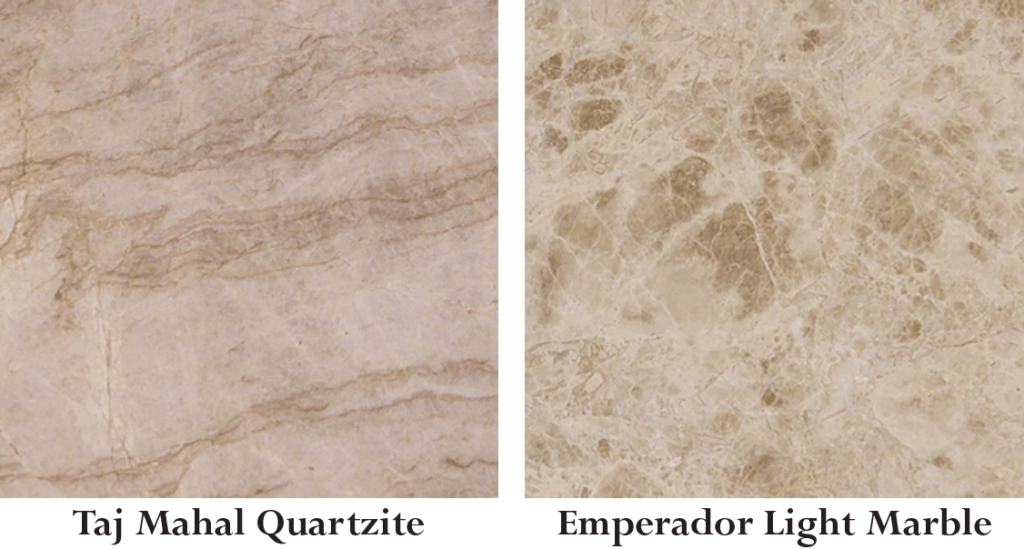
Largest Selection of In-Stock Quartzite
Visit our Showroom for our Quartzite Collection
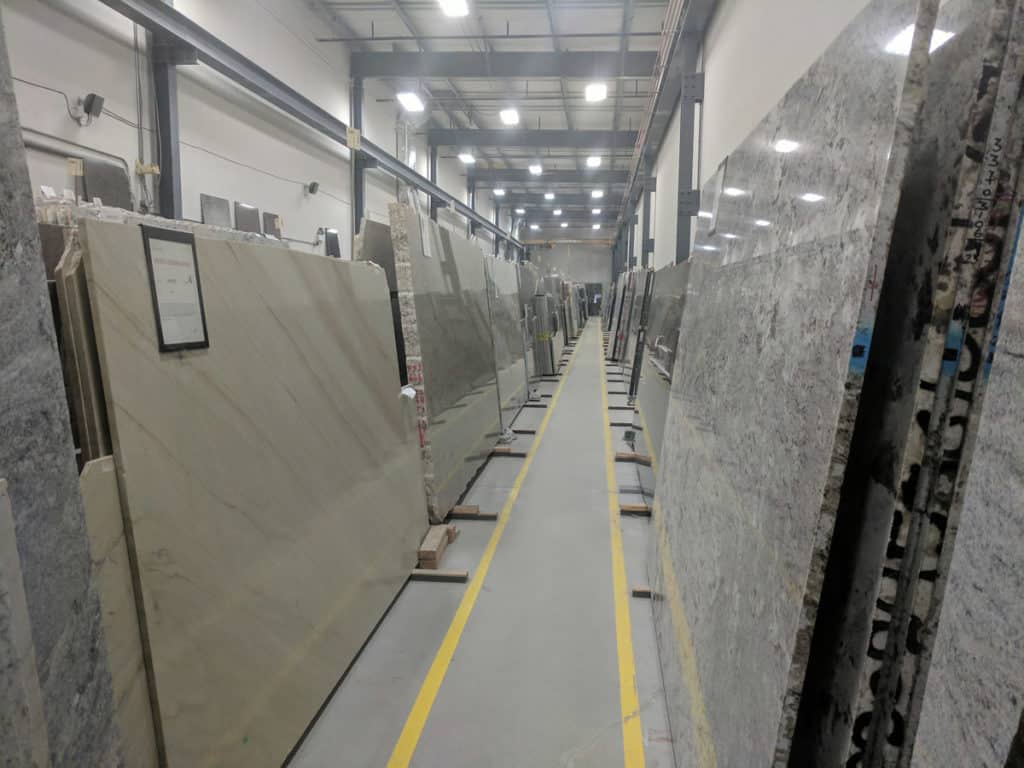
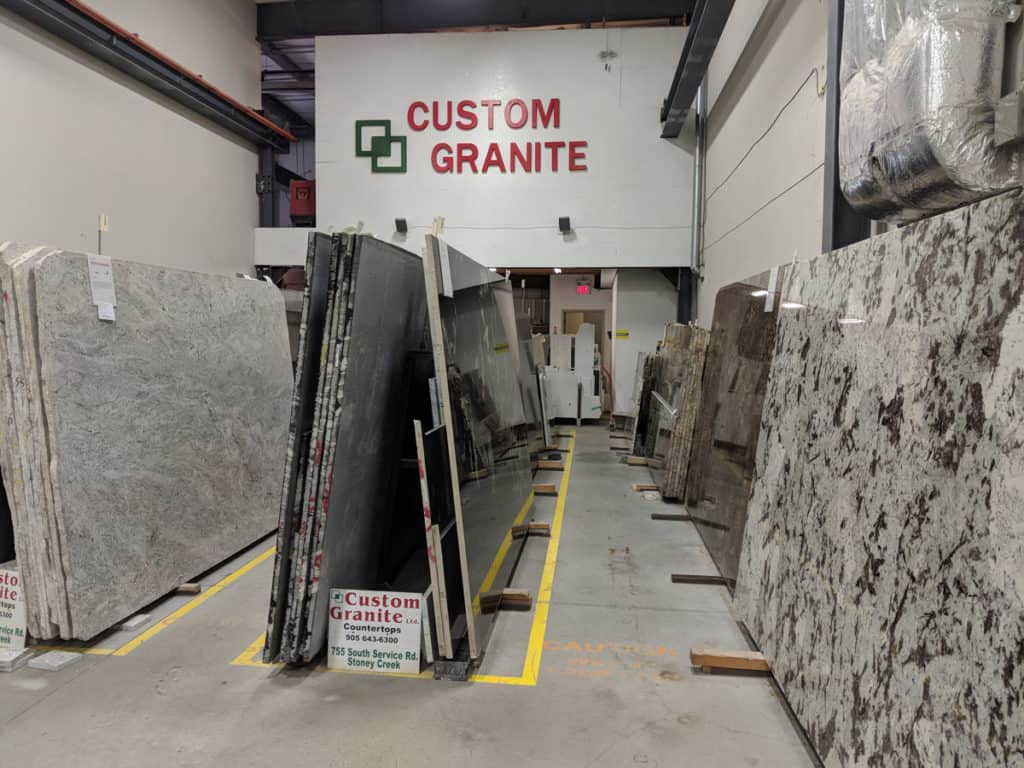
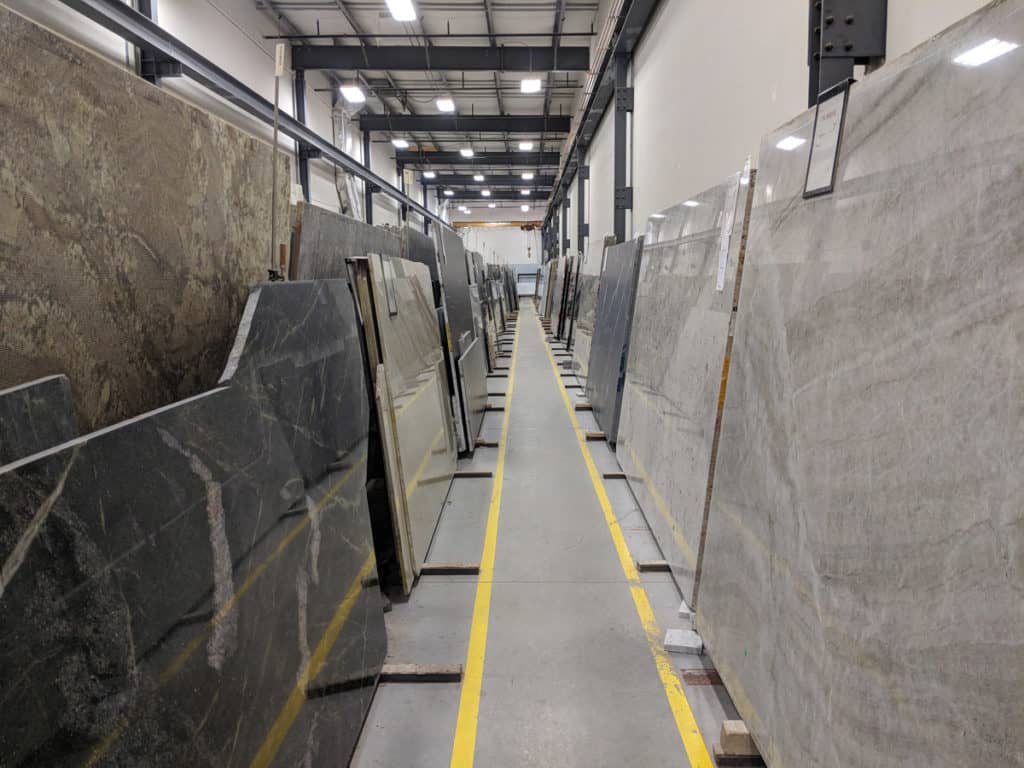
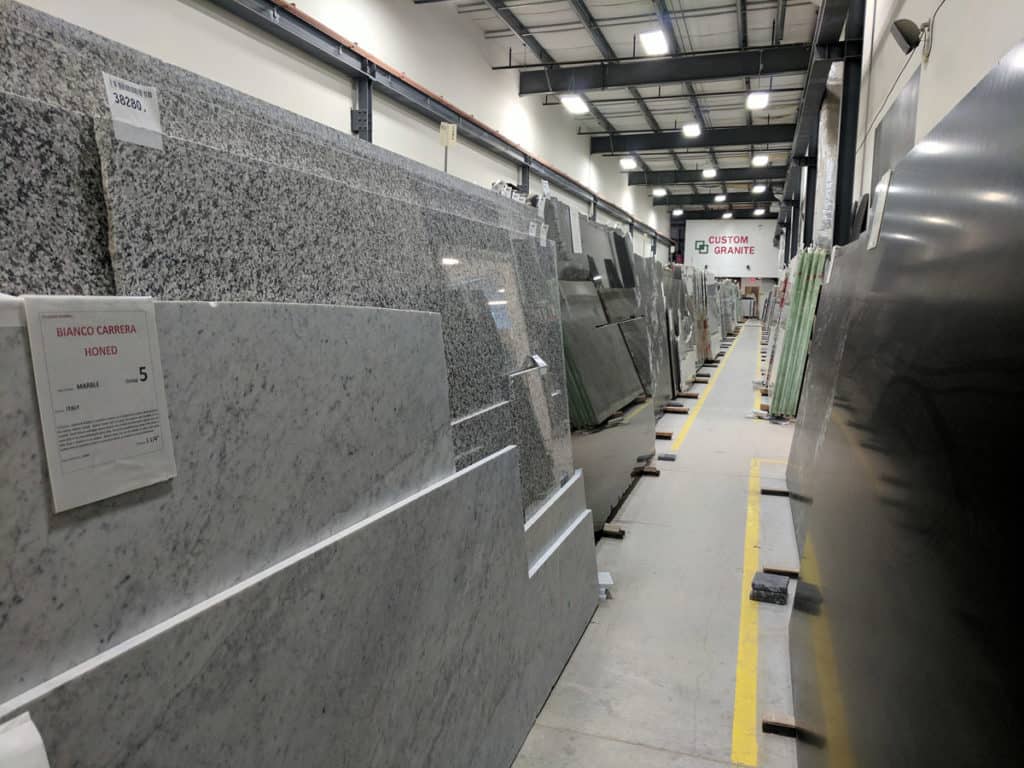
Contact Us Or Request a Quote
To learn more about how leather granite can put a modern spin on your kitchen or bathroom and give it a brand new look or feel, contact us or stop by our showroom. For information on pricing, request a quote today.

